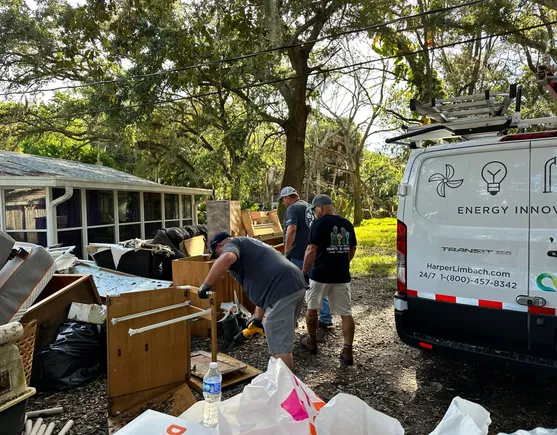How can businesses harness the strength of its workforce in an increasingly turbulent business environment? Top Employers Institute report, ‘Navigating a Dynamic Workforce’, explores how the workforce is evolving to meet new challenges.
Insights from over 2,300 participants surveyed 2024, reveals the new realities of modern workforces. The nature of employment has evolved and there are multiple reasons for this, including:
So, how should employers adapt to these new realities? Here are four recommendations on how to stay ahead, improve employee engagement and ingrain human-centric people practices.
1) Self-directed career evolution
The data shows that employees value autonomy and the ability to shape and control their own career paths. US employers have responded well to this challenge:
Additionally, employers who support employees to direct their own career evolution enjoy higher employee engagement, internal promotion and profitability. But there are still areas in which all organizations could do more, including:
2) Offer support and resources for self-directed learning
Ongoing reskilling is now the norm. The World Economic Forum predicts that between 2023 and 2027, 44% of workers’ core skills will be disrupted. Among those surveyed in the US:
What more can an organization do? Top Employers Institute suggests the following:
-
They can start by leveraging HR technology for empowering employee choice. For any organization, this means implementing online training programmes, providing personalized learning portals, and integrating microlearning into the everyday activities of employees.
3) Smooth transitions in and out of an organization
Dynamic workforces inevitably mean a faster flow into and out of the organizations. This means that onboarding and offboarding practices have become even more important when making last impressions on employees.
There is more work to do here. Within the US employers, three in five (61%) optimize the onboarding experience though just over one in five (23%) currently evaluate the offboarding experience for employees.
How can this be improved? Offboarding represents a major opportunity to improve departures and build a foundation for rehiring. In a smooth offboarding, an organization should have:
4) Contingent Workers: Inclusion is the Key
No dynamic workforce is complete without contingent workers – and successful organizations are those that value and respect every worker. However, there remain significant gaps in how contingent workers are included as part of Diversity, Equity, and Inclusion (DEI) efforts. To bridge this gap means treating all workers with the same respect, plus equal access to opportunities and benefits.
All employers include contingent workers in everything they can for the following reasons:
Final word…
These tips offer organizations a route map to unlock business success in uncertain times. Self-directed career evolution, resources for self-directed learning, smoother transitions in and out of organizations, and a more inclusive approach to contingent workers are four recommendations that will go a long way to leveraging and empowering contracted, non-traditional talent.
Top Employers Institute full report – Navigating a Dynamic Workforce – can be downloaded here.
https://www.top-employers.com/en/insights/culture/navigating-a-dynamic-workforce/






Leave a Reply